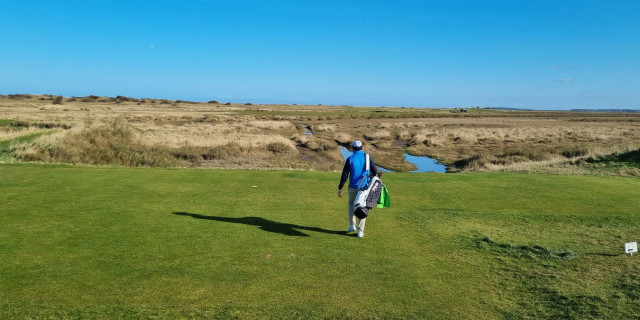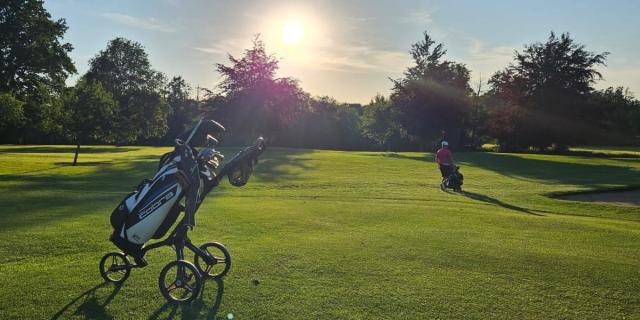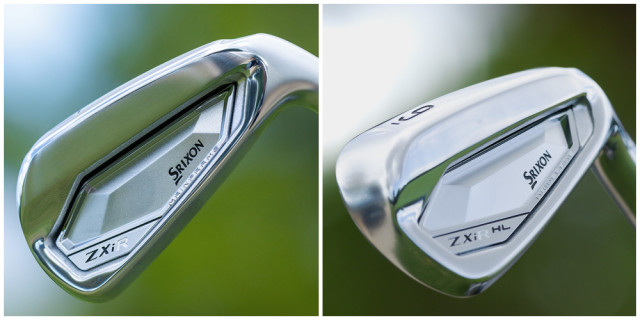
7 Rules That Every Golfer Needs to Know
Let’s face it, one of the least appealing aspects of our sport is the extensive rules which have governed play for over a century. Often thought of simply as ‘playing the ball as it lies’, the rules of golf have developed to include everything from provisions for penalties called in by TV viewers, and the prevention of altering an adjustable metalwood mid-round! Recently, The R&A have attempted to simplify the rules of golf, but there are still two dozen general sections, each with a myriad of sub-rulings to cater for almost any circumstance that may crop up. So, for the time being, let’s focus on some of the most useful, and frequently encountered by the regular weekend warrior!
Amount of Clubs
Going back over the last century, you’ll be amazed to see how many clubs that golfers in the early part of the 1900’s used to carry. Or, more accurately, have their caddies carry! Lawson Little won the first of his British Amateur titles with 31 clubs in his bag in 1934, which, frankly, is ridiculous. The USGA and R&A agreed, and in 1939 The 13th Publication of the Rules of Golf declared that 14 should henceforth be the maximum allowed.
The penalty for carrying more than 14 clubs differs between matchplay and strokeplay golf.
In strokeplay, the player is penalised two shots for each hole that they carried more than 14 clubs - up to a maximum of four penalty strokes. That means, that if you spot the offence on hole 1, you will incur a two shot penalty, but if you discover this between holes 2-18, you will add two strokes to each of the first two holes, adding up to the four penalty strokes in total.
In matchplay, a golfer will lose the hole if found to be carrying more than 14 clubs. They will also lose the second if this isn’t rectified before the end of Hole 2. However, like in strokeplay, there is a limit to the overall penalty, with a maximum of two lost holes. This means, if you find out that you have an extra club on the 3rd tee, after halving the first two holes, you will begin Hole 3 from a position of 2-Down.
So, please do check your bag before you head to the course … particularly if you’ve been at the range in the week beforehand. Incidentally, you can carry any number of golf clubs you like under 14 … and we think this is a great idea!

On The Tee
This one is a little more straightforward. Once you’ve got to the first tee, and you’ve checked how many clubs are in your bag, you must play your tee shot from between your chosen markers for the day. There is no rule that you have to use a tee peg (although we’d suggest that you always do!), but there is a penalty of two strokes for playing outside of the teeing area in strokeplay. The teeing area starts at the line directly between the two markers, and goes backwards for two club lengths (never being wider than the tee markers). So, if you’re too far forward, too far back, or out of the side of the markers, you will ensue a two stroke penalty.
In matchplay, there is no penalty, although your opponent may ask you to rehit the shot. If this happens, the first ball you struck is no longer in play.
Oh, and don’t think you can move the tee markers if you don’t like their locations. This will also get you a two shot penalty … even if you were trying to be helpful!
Ball in a Penalty Area
Formerly known as ‘hazards’, penalty areas are locations on the course where a penalty of one stroke will be added to your score if you choose to take a drop. You are allowed to play your ball where it lies within a penalty area, but given these are often filled with water, it’s likely this option may not always be viable!
If you choose to take relief, you have several options for where you should do this. Firstly, check out whether your penalty area is marked by yellow or red stakes. If the latter, you will have one more option.
The first option for both red and yellow penalty areas is to simply replay the shot from where you previously hit from, with a penalty of one additional stroke (as well as the shot you hit into the penalty area). So, if you hit your second shot into the water, your third ‘shot’ will be the drop, and you will be playing your fourth.
The second option for both red and yellow penalty areas is to drop the ball back from the penalty area, keeping a straight line between where the ball entered the penalty area and the flag. You may choose to drop this close to the penalty area, or closer to where you played the original shot - the main stipulation is that you do not drop any nearer to the hole than the point your ball entered the penalty area.
The final option is only applicable to red penalty area, and allows a player to take a drop from the point of entry into the penalty area, within two club lengths. This is often the most advantageous option, although again, do make sure to not drop your ball closer to the hole than the point of entry.
Taking a Drop
Whilst we’re talking about taking a drop, it’s worth a reminder that the rules on this changed over recent years. Drops should now be taken from knee-height. This was introduced to prevent balls from running outside of the designated dropping area due to the velocity of dropping a ball from head height.
Out of Bounds
A simple one, but one of the most penal! The course boundary will often be marked by white stakes. Anywhere beyond this will be classed as Out of Bounds and you have no option but to replay your ball from where you hit your last shot. You may find that golfers playing friendly matches agree to drop the ball closer to the white stakes themselves, but if you’re playing in a competition of any sort, unfortunately it’ll be a stroke and distance penalty - leaving you with the nerves of playing the exact same shot again!
Moving Balls
Causing your golf ball to move whilst on the course will generally incur a one shot penalty. This typically happens if you accidentally nudge your ball on your takeaway, or add pressure to the ground around the ball with a club which causes the ball to unsettle. However, there is no penalty if the ball is moved when looking for it, or if you need to move the ball in order to identify it (perhaps in muddy conditions). In this case, you must replace the ball exactly where it was before it was touched.
However, there has been a large change to golf balls moving on the putting green over recent years. If you accidentally move the ball during your preparation for your stroke, you may now replace this without penalty. This change was introduced to reflect the ever-increasing speed of putting greens, which can often seem ‘alive’ as balls wander away from their original position - particularly in high winds.
Bunkers
Our last little recap of the rules refers specifically to bunkers. These differ from other areas of the golf course as, although they are not classed a penalty area, you are not able to ground your club (that is to say, lay the club on the surface of the sand) whilst in the bunker. Doing so will incur a two shot penalty. This is to prevent a player from checking the conditions of the sand in the bunker, as there is supposed to be an element of uncertainty. It follows then, that you’re also not allowed to touch the bunker with your hand either! Unless you are removing loose impediments like stones and leaves. If you are extremely uncomfortable in bunkers, The R&A recently introduced a rule, allowing for you drop your ball out of the bunker. However, this option carries a two shot penalty, so it may be worth trying to gouge the ball out if at all feasible!
Related Content
Tags: Rules of Golf rules GOLFERS Golf daily picks









